Stellantis, Uber and Nvidia announce partnership for robotaxis
The new partnership between Nvidia, Uber and Stellantis is structured in several stages. Uber plans to begin expanding its global autonomous fleet in 2027, targeting 100,000 vehicles from multiple manufacturers. The fleet will be supported by a shared AI infrastructure based on Nvidia’s Cosmos platform. In addition, Uber, Nvidia, Stellantis and contract manufacturer Foxconn will jointly develop and produce Level 4 autonomous vehicles (fully automated, driverless and limited to specific operating areas) for use in robotaxi services.
Focusing on the part of the agreement involving Stellantis, the companies aim to combine their respective strengths — Stellantis’ expertise in vehicle development and manufacturing, Nvidia’s software for autonomous driving and AI computing, Foxconn’s skills in electronics and system integration, and Uber’s leadership in ride-hailing — to advance cooperation on Level 4 autonomous vehicles.
As part of the initiative, Stellantis will be one of the first OEMs to deliver at least 5,000 Level 4 vehicles to Uber for robotaxi operations in the US and international markets from 2028. These vehicles will use the Nvidia Drive solution and be built on Stellantis’ new STLA Small platform for compact cars and the K0 platform for medium-sized vans.
Combining this information with the barely visible concept vehicles shown in the press image suggests that compact SUVs, such as the Jeep Avenger or Peugeot e-2008, could be used for trips with a few passengers, while vans such as the Peugeot e-Traveller could serve ride-pooling operations that combine trips from multiple passengers. Vehicles based on the K0 platform are also expected to be used in Stellantis’ separate robotaxi collaboration with Pony.ai.
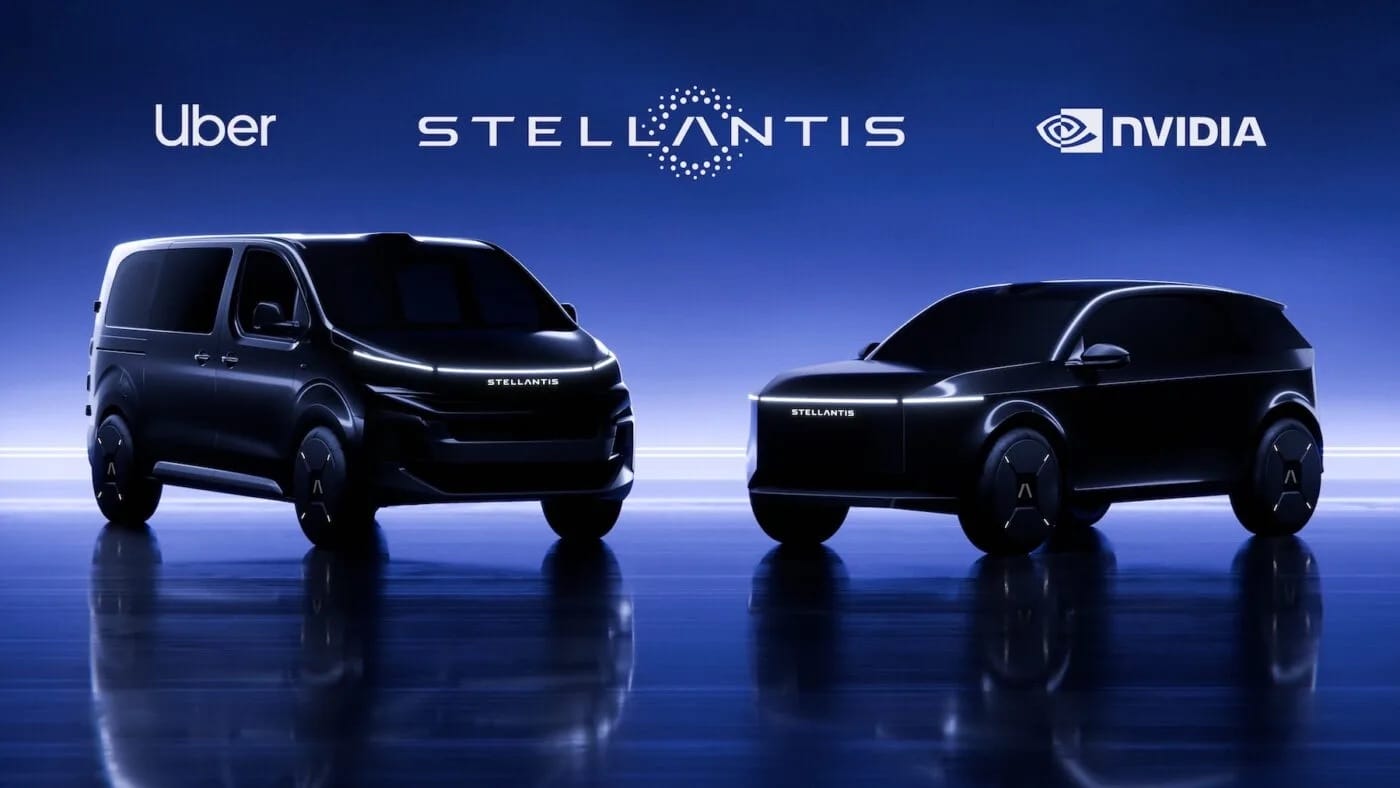
“Autonomous mobility opens the door to new, more affordable transportation choices for customers,” said Antonio Filosa, CEO of Stellantis. “We have built AV-Ready Platforms to meet growing demand, and by partnering with leaders in AI, electronics, and mobility services, we aim to create a scalable solution that delivers smarter, safer, and more efficient mobility for everyone.”
Under the partnership, Uber will manage the full operation of the fleet, including remote maintenance, charging, cleaning, servicing and customer support.
“Robotaxis mark the beginning of a global transformation in mobility — making transportation safer, cleaner and more efficient,” said Jensen Huang, founder and CEO of NVIDIA. “Together with Uber, we’re creating a framework for the entire industry to deploy autonomous fleets at scale, powered by NVIDIA AI infrastructure. What was once science fiction is fast becoming an everyday reality.”
Mercedes plans Level 4 autonomous S-Class
Alongside the announcement of its collaboration with Uber, Nvidia also confirmed partnerships with Mercedes-Benz and Lucid in the field of autonomous driving. These projects are separate from the Uber initiative.
According to Nvidia, Mercedes-Benz will explore future cooperation with industry-leading partners using its proprietary MB.OS operating system and Nvidia’s Drive AGX Hyperion platform. The next-generation S-Class will offer a Level 4 chauffeur experience combining luxury, safety and state-of-the-art autonomy. Mercedes-Benz currently remains the only carmaker offering Level 3 highly automated driving in both Germany and the United States. Under Level 3 operation, drivers can take their hands off the wheel and eyes off the road in certain conditions, but must be ready to retake control within ten seconds.
Lucid to offer Level 4 autonomy in regular passenger cars
California-based luxury EV manufacturer Lucid is developing Level 4 autonomous capabilities for its next-generation passenger cars. The company will use Nvidia’s Drive Hyperion platform for its upcoming US models. Lucid emphasised that it aims to be among the first carmakers worldwide to offer Level 4 autonomy to private customers.
“We’re taking the next step by combining cutting-edge AI with Lucid’s engineering excellence to deliver the smartest and safest autonomous vehicles on the road. Partnering with NVIDIA, we’re proud to continue powering American innovation leadership in the global quest for autonomous mobility,” said Marc Winterhoff, interim CEO of Lucid.
To achieve Level 4 functionality, Lucid plans to deploy Nvidia’s multi-sensor architecture combining cameras, radar and lidar. The company intends to integrate two Nvidia Drive AGX Thor computers running the safety-certified Nvidia DriveOS into its upcoming mid-range model line.
Just last week, speculation suggested that Nvidia was preparing to launch a multibillion-dollar robotaxi project and could reveal it imminently. The main question was whether Nvidia itself planned to become a robotaxi operator. The latest announcement indicates instead that Nvidia aims to drive progress in the robotaxi sector through strategic partnerships.
nvidia.com, stellantis.com, uber.com, lucidmotors.com
This article was first published by Florian Treiß for electrive’s German edition.

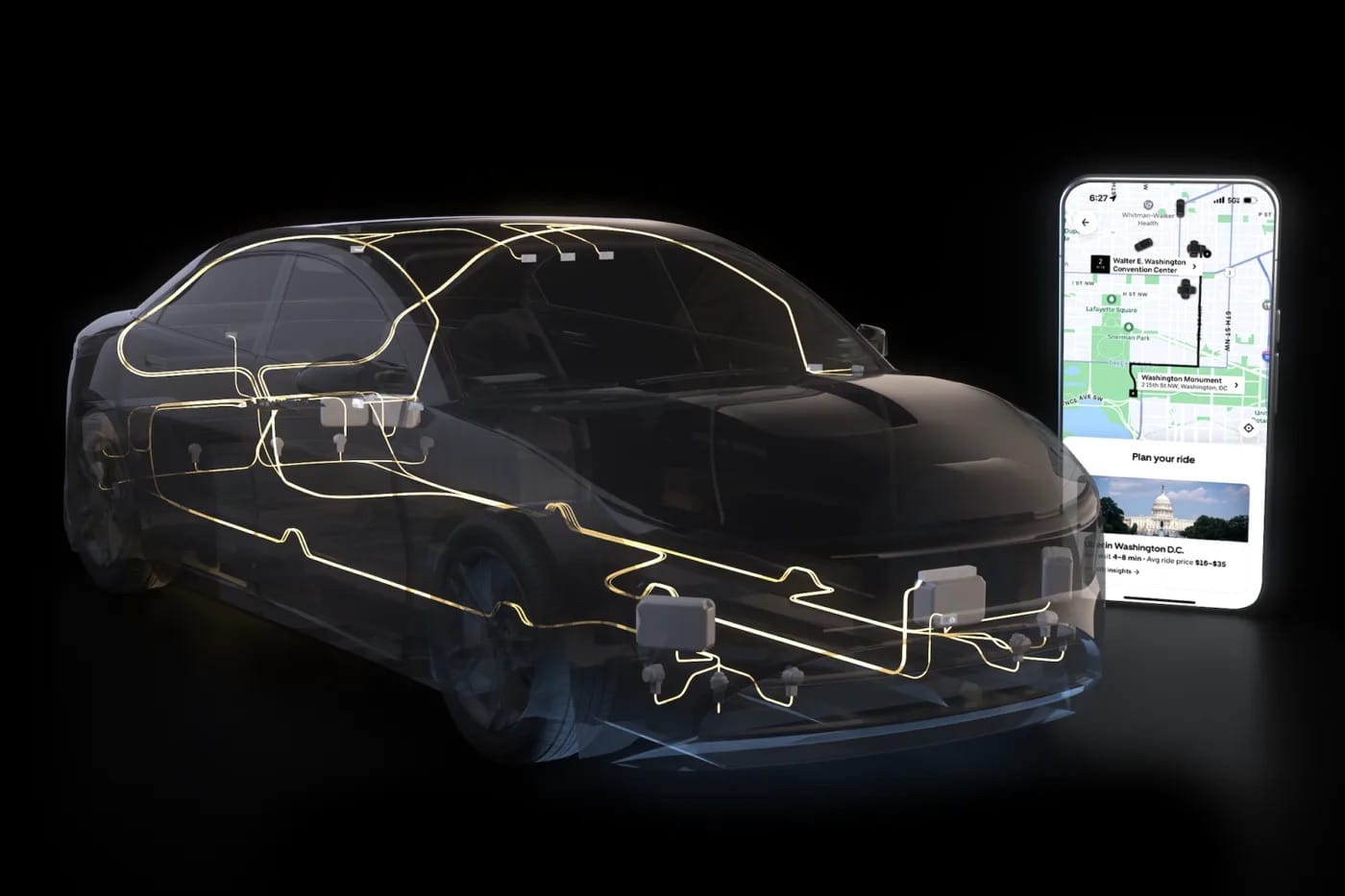
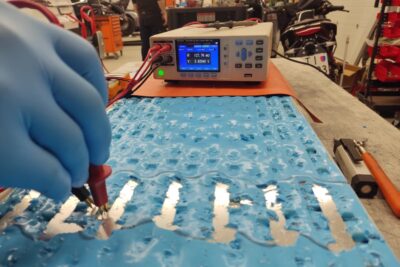
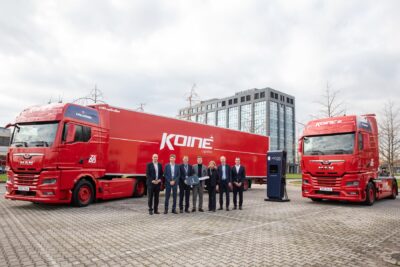
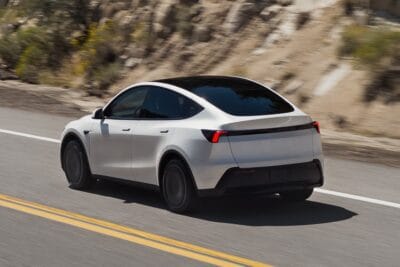
0 Comments